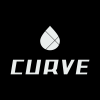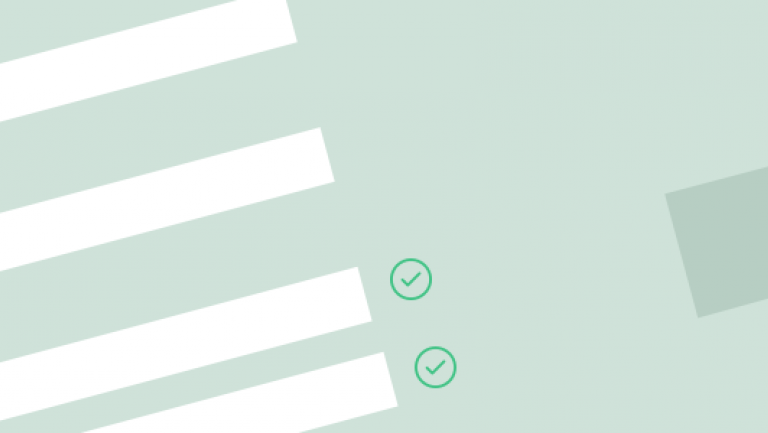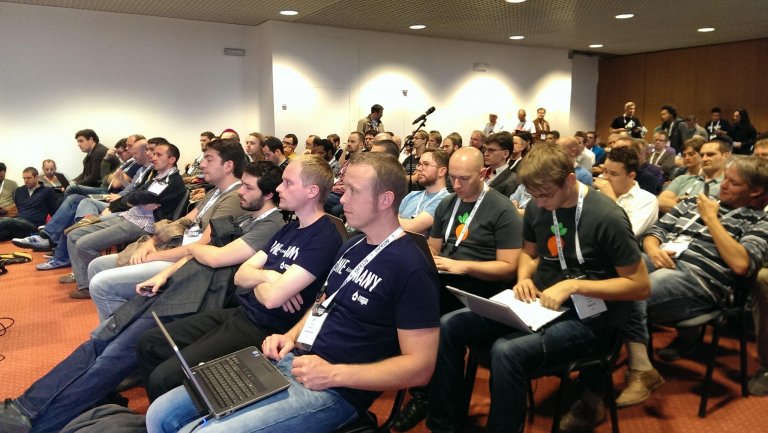Guerrilla Testing: under-the-bonnet
[Guerrilla testing is] the art of pouncing on lone people in cafes and public spaces, [then] quickly filming them whilst they use a website for a couple of minutes”
A much more poetic definition than I could ever come up with.

Whilst working as a freelancer I occasionally took on projects where there was very little budget for user research and testing. At Curve, this doesn't happen as the clients we work with are very clued-up when it comes to involving users in the design process. However, a scenario where there is little/no budget for testing is, unfortunately, still a real possibility. This is why we want to share our get-out-jail-free test method with you.
Enter, the Guerrilla.
Many of you are likely aware of guerrilla testing and already count it in your toolkit. For those of you who aren’t, or maybe want to brush up on the finer details, I’m going to take you through why, how and when it should be done.
Why?
Because it’s fast. Really fast.
We were recently asked to speed up a client's registration process on their website so they could extract it and use it at industry conferences and events. Many of the parties involved had different ideas on how we could do it - a paged form perhaps? “No, a non-paged form is definitely quicker as the user doesn’t have to click through multiple pages.” What about some kind of ‘fill-in-the-gaps’ solution? Pre-completed fields.
We had a lot of ideas on how to do it but not enough time to facilitate and run lab testing; so we took it into the wild.
Using Macaw as a prototyping tool (it’s already good, and about to get a whole lot better) we created instances of the best form ideas and took them to the park, timing users as well as asking them how long they think it took to complete. So at the end of it, not only did we get a ‘winning form’ by measuring actual times and estimated times, we also already had a working prototype to take to the client - I should also mention that we completed this in just 2 days!
When?
You can probably understand when this kind of testing would be useful from what you’ve already read, but just in case: it’s when you have no time! N.B. This can also be translated as ‘no money’.
You can pretty much always make time for guerrilla. All you need to do (and this is going to cover the ‘How’ section) is:
- Have a product you want to test - this could be literally anything: I’ve tested paper prototypes, half-finished Android applications and live websites. It doesn’t even have to be digital, you could go out there with a prototype of a cuddly toy or a new coffee mug and ask people about it. Focus groups are dead; long live guerrilla.
- Think of somewhere to test it - coffee shops are good, as are University campuses; essentially any public (or not so public, with permission) place there is a build up of people.
- Have a general idea of what you want to test - are there specific things you want to find out? e.g. if the navigation works, are the images sexy enough? Think of questions and tasks for the users if this is the case. Maybe you just want general feedback on the product; that’s okay too, just ask users what they think of it. As long as you are open and nice with them, they’ll give you genuine feedback.
How we do it
We’re very flexible in how we carry out guerrilla research because we need to be; demographics change, products differ and the depth of research needed is varied across projects. I’ll outline how we generally test a web product - this could be an iOS application, website, component of a website, animation, video etc. You get the idea…
- Figure out what we want out of the testing:
- The level/areas of feedback always vary, so we’ll write down some key outcomes we’d like to achieve
- We’ll also produce a brief script/task sheet to take out with us
- Depending on the scale of the tasks for users, decide on an incentive:
- Some chocolate or a drink will usually suffice
- Occasionally we might run a raffle and buy a prize of ~£15
- Scout a location
- Think about your target demographic - where do they hang out?
- Logistics
- What device are we testing on?
- Do we need an internet connection? (Hotspotting your iPhone comes in handy here)
- Who’s free to oversee the testing? We generally like to take a researcher and a designer/developer, but it’s easily achievable on your own.
- Recording/note-taking - how will we record the sessions?
- Go out and do it
- Take our tablet/phone/laptop out and test, test, test!
We're out #guerrilla testing with students in #HydePark this afternoon. Help us out in return for some tasty treats pic.twitter.com/gYeuciSFK6
— CURVE (@CurveAgency) June 9, 2015So that’s a quick overview of how we go guerrilla at Curve but, honestly, it’s a case of doing what you can. There’s no definite science to it. Even if you just have a few friends you can take a product to, do that. Just ask them for honest feedback on it: how they might change the product if it was theirs, ask their opinions of the style, the navigation, the functionality, would they buy it?
Like Mr. Belam says, it’s the art of asking the public questions about your thing - put that into practice as best you can, and you’ll come out with some useful results.



